- Killed more than 400 people
- 55 inches of snow in some areas.
- New York City ground to a near halt in the face of massive snow drifts and powerful winds from the storm.
- At the time, approximately one in every four Americans lived in the area affected. Between Washington D.C. and Maine.
- On March 10th, the temperatures in the Northeast hovered in the mid-50s; however on March 11, cold Arctic air from Canada collided with Gulf air from the south and temperatures plunged.
- Rain turned to snow and winds reached hurricane-strength levels.
- By midnight on March 11, gusts were recorded at 85 miles per hour in New York City.
- There was a complete whiteout in the city when the residents awoke the next morning.
- In drifts that reached the second story of some buildings, many city residents trudged out to New York’s elevated trains to go to work, only to find many of them blocked by snow drifts and unable to move.
This photograph shows a train collision at Coleman’s Station in New York City during the Great Blizzard of 1888
- Up to 15,000 people were stranded on the elevated trains; in many areas, enterprising people with ladders offered to rescue the passengers for a small fee. You got to love New York.
- In addition to the trains, telegraph lines, water mains and gas lines were also located above ground. Each was no match for the powerful blizzard, freezing and then becoming inaccessible to repair crews.
Streets of New York City as the storm hit. Many overhead wire broke and presented a hazard to city dwellers.
- Simply walking the streets was perilous. In fact, only 30 people out of 1,000 were able to make it to the New York Stock Exchange for work; Wall Street was forced to close for three straight days.
- There were also several instances of people collapsing in snow drifts and dying, including Senator Roscoe Conkling, New York’s Republican Party leader.
- New Yorkers camped out in hotel lobbies waiting for the worst of the blizzard to pass. Mark Twain was in New York at the time and was stranded at his hotel for several days. P.T. Barnum entertained some of the stranded at Madison Square Garden.
- The East River, running between Manhattan and Queens, froze over, an extremely rare occurrence. This inspired some brave souls to cross the river on foot, which proved a terrible mistake when the tides changed and broke up the ice, stranding the adventurers on ice floes.
East River frozen, 1888
- Overall, about 200 people were killed by the blizzard in New York City alone.
But New York was not the only area to suffer. Along the Atlantic coast, hundreds of boats were sunk in the high winds and heavy waves. Thousands of wild and farm animals froze to death in the blizzard. The snowfall totals north of New York City were historic:
- Keene, New Hampshire, received 36 inches;
- New Haven, Connecticut, got 45 inches;
- Troy, New York, was hit by 55 inches of snow over 3 days.
In the wake of the storm, officials realized the dangers of above-ground telegraph, water and gas lines and moved them below ground. In New York City, a similar determination was made about the trains, and within 10 years, construction began on an underground subway system that is still in use today.
Other Major Winter Storms in History
Storm of the Century: Along the Eastern seaboard from Canada to Cuba, the March 12-15, 1993, storm combined a cyclone and blizzard. This mega-storm resulted in 310 deaths and up to $10 billion in damages. Hurricane-force winds demolished more than 15 homes on the eastern shore of Long Island. Despite the loss of life, officials say spot-on computer models allowed the National Weather Service to issue a severe storm warning two days before the storm hit. Governors in several states declared a state of emergency before any snow fell, which spared further loss of life.
Blizzard of 1978: Northeastern residents shrugged off predictions of a big snow when just a few weeks before a forecast that called only for rain dumped 21 inches of snow on Boston. So, when snow began on Feb. 5, residents went to work and school as normal. Once the blizzard arrived with hurricane-strength winds and whiteout conditions, highways were filled with abandoned and buried cars. In Massachusetts and Rhode Island, residents went without heat, water or electricity for more than a week. An estimated 100 people died. Think about the fear of drivers trapped on the roads with no cell phones. They didn’t exist. The only choice was try to flee through a screaming blizzard to some unknown safety or stay and nurse the gas waiting for rescue as snow piled around the car. Many spent days in those automobiles and a few would not make it out alive.
Blizzard of 1996: The mix of snow and sleet that began Jan. 6 in the Baltimore and Washington, D.C., areas ended Jan. 10 with nearly 200 deaths along the East Coast. Most cities hit as the storm spun north up the seaboard received between 17 and 30 inches of snow, then many suffered flooding as temperatures climbed quickly after the storm passed. The blizzard and flooding caused an estimated $3 billion in damages, and killed 184 people, 30 from flooding. Pennsylvania was hardest-hit of the affected states with $1 billion in damages.
Snowmageddon: Two blizzards in February 2010 broke snowfall records in the mid-Atlantic area, such as 32 inches of snow at Washington’s Dulles International Airport. After the second snowstorm in February, 68.1 percent of the country was covered by snow.
Christmas week 2010: Travelers along the East Coast were stranded when airlines canceled more than 7,000 flights from Dec. 26-27 that year. What a travel nightmare. The blizzard included thundersnow, when heavy snow – rather than rain – is accompanied by thunder and lightning. Subway passengers in New York City were stranded for up to nine hours and buses were abandoned on snow-filled streets.
Armistice Day Storm 1940: Mild weather on Nov. 11 from Kansas to western Wisconsin was quickly followed by a blizzard. People were surprised by temperatures that plunged from the 60’s on Nov. 11 to single-digits in 24 hours. Up to 26 inches of snow fell in Minnesota, while winds of 50 to 80 mph and heavy snows pummeled the Midwest. A total of 144 deaths were blamed on the storm, including duck hunters caught off-guard along the Mississippi River.
Watch this time lapsed video of the Boston storm of 2015

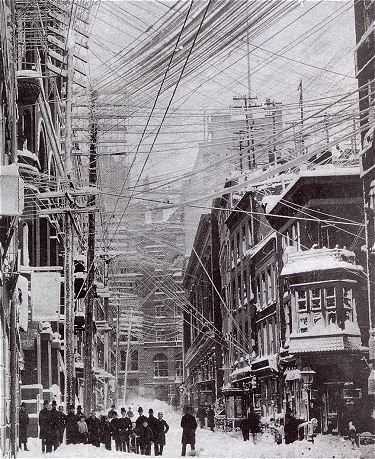



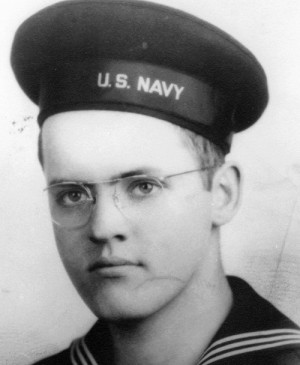 Check out my other blog
Check out my other blog I'M PUBLISHED
I'M PUBLISHED I'm Published Again
I'm Published Again
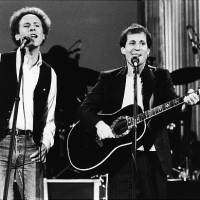
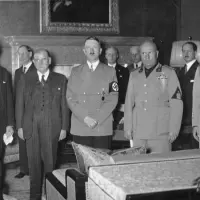
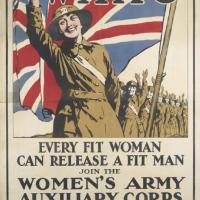




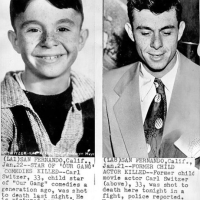
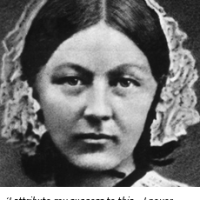
I find weather and natural disasters very fascinating. I remember the blizzard of ’77 that basically hit Buffalo and the Niagara Region. The great lakes froze over and we also had hurricane winds. I was in grade school and we got home just before the blizzard hit. We were lucky as we did not lose power but many did and many were stuck in their cars. Many didn’t make it either. There were drifts higher than the hydro wires. My friends and I toboggonned down those drifts and just ducked under the wires..I know crazy!
LikeLike
We’ve had our share of big snowstorms but the most serious weather event for the east coast of NJ was Hurricane Sandy a few years ago. Luckily I live inland and we only were without power for about 24 hours and no damage. Not so good in coastal areas.
My daughter has a fascination with weather. Her plan is to study meteorology when she goes to college.
LikeLike